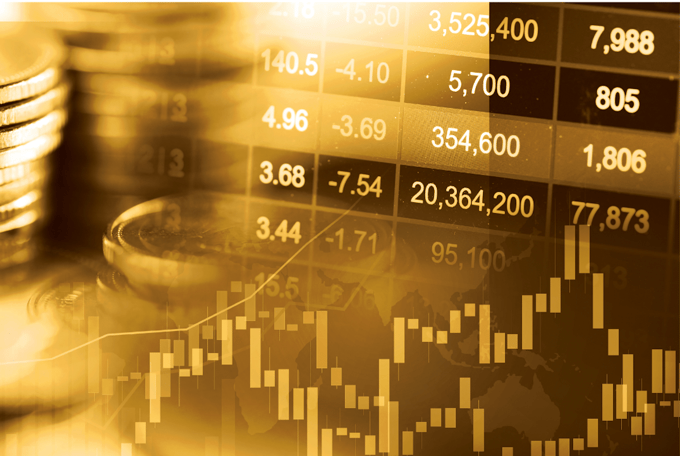
On November 30, Fed Chairman Jerome Powell told markets while the central bank will continue its vigilance in fighting the highest inflation in four decades, there is a lag between rate hikes and the economic impact. The market’s takeaway was that the odds of a fifth consecutive 75 basis point hike fell, and the market sentiment was that the central bank would only increase the Fed Funds Rate by 50 basis points at the December FOMC meeting.
The November jobs data came in stronger than the market had expected, with 263,000 new jobs compared to expectations for a 200,000 increase. While the unemployment rate remained at 3.7%, average hourly wages rose by 0.6%, double the estimate, and 5.1% annually versus the 4.6% expectation. Wages are a core component of inflation.
The October consumer and producer price data declined from the previous month, and many analysts believe inflation has peaked; the wage data adds to the Fed’s dilemma. However, the December 9 producer price index data for November came in hot and above market expectations with a 0.3% gain. This week’s CPI data and the Fed’s rate decision will determine the path of least resistance of markets across all asset classes.
Transitory inflation in 2021 became a crisis in 2022
- The Fed and Biden administrations wrote off rising inflation as a transitory event in 2021.
- Inflation rose to a four-decade high in 2022, prompting an aggressive monetary policy approach.
- Inflation may have peaked over the past months.
- The Fed may not increase the Fed Funds Rate by 75 basis points at the December FOMC meeting, but a 50-point hike is undoubtedly in the cards.
- Fed Funds Rate hikes and quantitative tightening have a lagged impact on the economy.
The Fed became hawkish- Better late than never
- Inflation became public enemy number one in 2022.
- Many economists believe the Fed waited too long to increase rates as the writing was on the wall in 2021.
- Can better late than ever turn into too much of a good thing?
- Aggressive interest rate hikes could choke economic growth.
Geopolitical issues are immune to monetary policy
- Markets reflect the economic and geopolitical landscapes.
- The war in Ukraine, sanctions, and Russian retaliation have caused food and energy supply concerns.
- Traditional energy and food price increases are a function of geopolitical turmoil.
- The U.S. central bank has no tools to address the supply-side economic factors. The November PPI data could lead to frustration for the central bank’s monetary policy path.
A delicate balance- Inflation versus recession
- The Fed’s dilemma is the proper amount of hawkish tightening.
- Tightening credit too much can light a recessionary fuse.
- Abandoning aggressive rate hikes could exacerbate inflationary pressures.
- The Fed’s powers are limited- The economic future depends on a political solution in Europe’s breadbasket and the approach to traditional energy production.
The central bank will walk a tightrope in 2023
- The 2022 mid-term elections caused gridlock in Washington, DC, with the House of Representatives controlled by the opposition.
- The Fed cannot expect political solutions with a divided government.
- The central bank will need to walk a tightrope between hawkish and dovish policies with ramifications for the economy’s demand side.
- The supply side is a function of geopolitical events, the most dangerous factor for the economy’s future.
- Expect a 50 basis point rate hike. Anything more or less could rock the economic boat.
- Expect lots of volatility and be prepared for any event.
Thanks for reading, and stay tuned for the next edition of the Tradier Rundown!